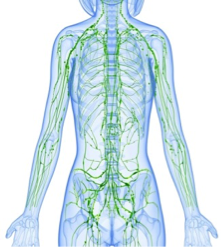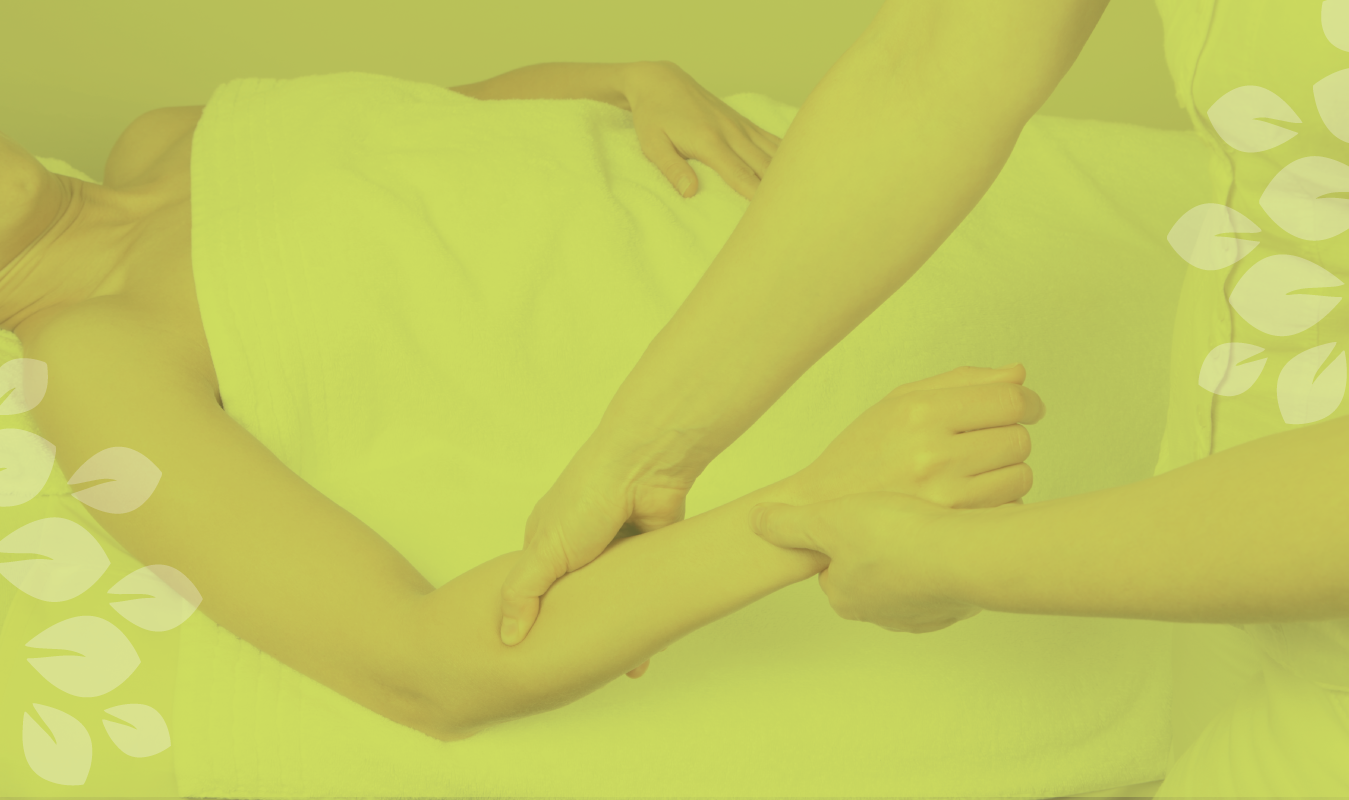01 Aug Manual lymphatic drainage
Manual lymphatic drainage is an advanced treatment where the therapist uses specialised and light pumping techniques to move the skin in the direction of flow of lymph.
This stimulates the flow of lymph which is essential to the immune system, removal of waste products and defence of the body. Manual lymphatic drainage is both remedial and preventative and can improve general well-being. A well-functioning lymphatic system contributes to healthy body tissue and plays an important part in the body’s immune system.

Manual lymphatic drainage has become a main component in the management, control and maintenance of lymphoedema from primary or secondary causes.
What are benefits of MLD?
- Relieves fluid congestion: swollen ankles, tired puffy eyes, swollen legs during pregnancy and pre and post menstrual syndrome.
- Is effective part of treatment for lymphoedema and control of lymphoedema (which can occur following cancer and cancer treatment) and helps with conditions from venous insufficiency.
- May be part of detox treatment to stimulate immune system.
- Help to improve chronic conditions such as rheumatoid arthritis, scleroderma, sinusitis, acne and chronic skin conditions.
- Promotes healing of fractures and torn ligaments, sprains, strains and lessens pain.
- Promotes healing of wounds, burns and appearance of old and recent scars.
- Used in the healing of skin following cosmetic surgery.
- Minimises and reduces stretch marks following pregnancy
During the early 1930’s Dr. Emil Vodder created a unique range of movements which brought relief from chronic conditions and the management and control of lymphoedema in post cancer surgery and post cancer treatment. Since Vodder’s pioneering work, MLD has spread worldwide and has become a popular treatment in many European hospitals and clinics. It is now gained acceptance worldwide as a component in the treatment and control of lymphoedema.
Why lymphoedema occurs?
Lymphoedema occurs through either blocked or damaged lymphatic vessels resulting in swelling (oedema) in arm of leg. In some occasions oedema can be found in either both legs or in 1 arm and 1 leg. Unlike other oedemas lymphoedema can lead to changes in the tissues called fibrosis and can lead to risk of infection. This can lead to increased difficulty in controlling lymphoedema. Lymphoedema is classed in 2 forms
- Primary lymphoedema: this is usually determined from birth and may be due to underdeveloped lymphatic system. It can affect children, women and men of any age
- Secondary lymphoedema: this occurs following or in the treatment of cancer and following surgery. It can also occur as a result of infection or other trauma.
This type of lymphoedema is treated by manual lymphatic drainage, compression therapy, remedial exercises and skin care.
- Massage therapy: patients receive manual lymphatic drainage (MLD) to remove excess fluid and proteins from tissues. The MLD is preformed to open the lymphatic tissues in the unaffected side to help drain the affected area. MLD stimulated the ability of the lymphatic system to remove excess fluid more quickly which results in reduction of fluid.
- Compression therapy: multi-layered bandaging of the affected area follows each MLD treatment. This is a precise and accurate procedure using specific bandages and foam padding.
- Remedial exercises and breathing: gentle exercises play an important role in the programme of lymphoedema reduction and self-care. Deep breathing and exercise further enhance the venous and lymphatic flow by activating muscle pumping action.
- Skin care and hygiene: good skin care in an essential part of treatment. Daily skin cleansing with neutral skin washes and lotions help to eliminate fungal and possible bacterial infections to minimise the possibility of cellulitis or recurring lymphoedema.
For more information on lymphoedema click on to MLD UK website at http://www.mlduk.org.uk/


